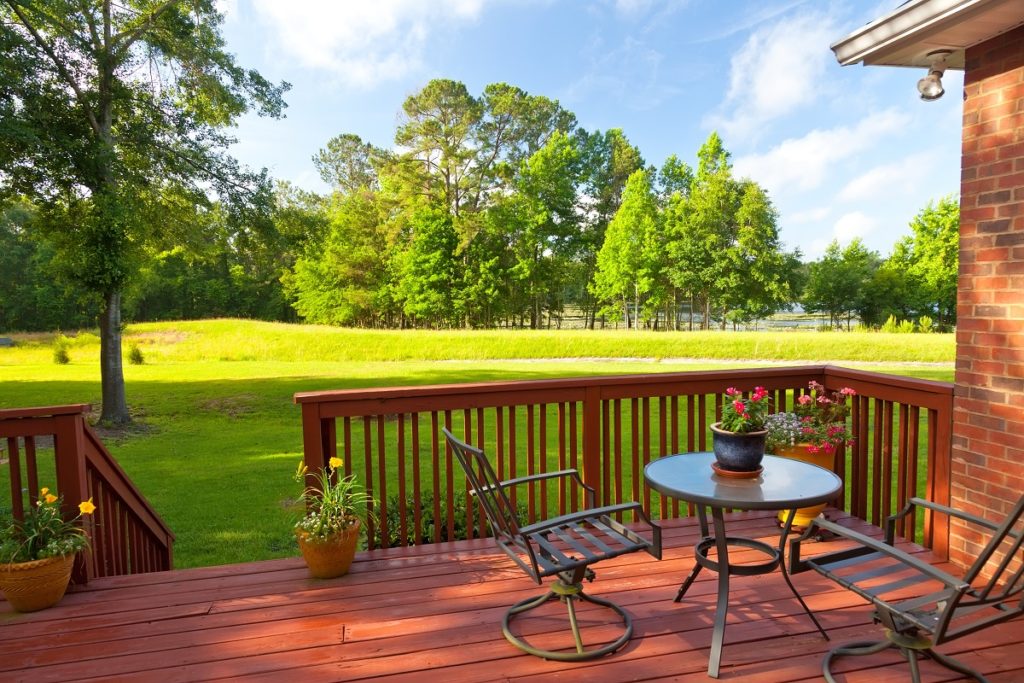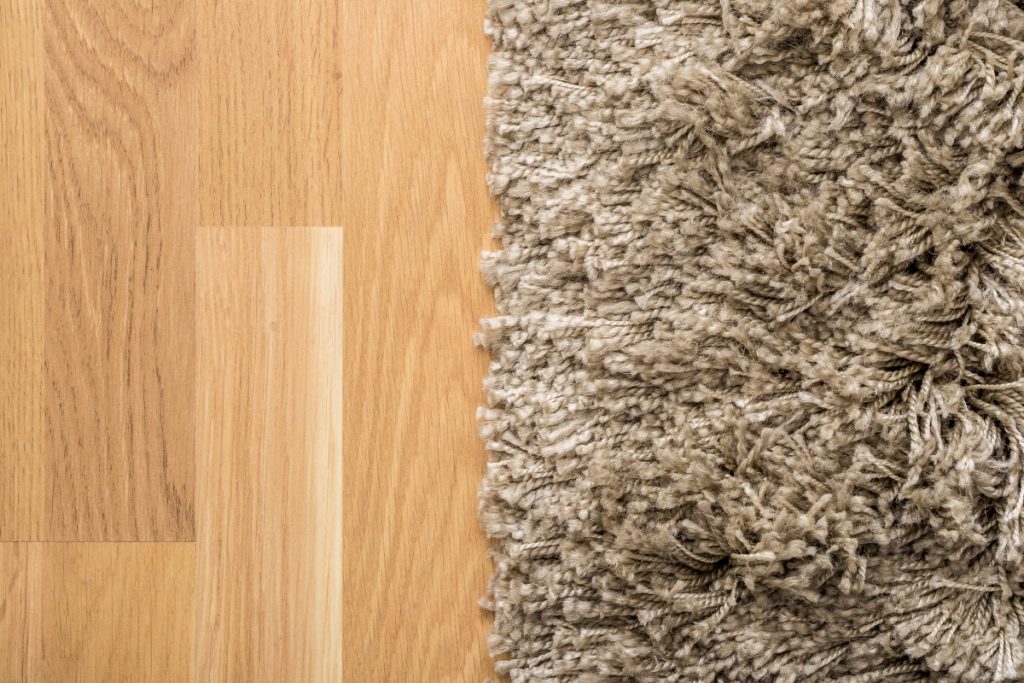According to the Environmental Protection Agency, the average American home emits more than twice the amount of greenhouse gases than the average car. This means that if everyone in the United States made a few changes to their homes, we could have a significant impact on reducing our carbon footprint.
Making sure your home is sustainable for the future should be a top priority for everyone. By making a few simple changes, you can ensure that your home will be around long after you’re gone and that it won’t harm the environment. Here are some easy tips to get you started.
1. Use energy-efficient appliances
Home appliances account for a large portion of energy use, so it’s essential to ensure they are as efficient as possible. Look for devices with the Energy Star label, which means they meet strict energy efficiency guidelines set by the EPA. You can also look for appliances that have earned the ENERGY STAR Most Efficient label, which means they are among the most efficient models on the market.
Consider getting rid of older, inefficient appliances and replacing them with newer, more efficient models. This is especially important for appliances that use a lot of energy, such as refrigerators, dishwashers, and washing machines. Older models can use 50% more power than newer ones, so investing is worth it.
2. Use less water
Contrary to popular belief, you don’t need to use much water to keep your home clean. Using less water can be better for your plumbing and help you save money on your water bill.
There are several ways to use less water in your home. When washing dishes, fill the sink with soapy water instead of letting the water run the whole time. When taking a shower, turn the water off while you lather up. And when watering your plants, do it during the cooler hours of the day to minimize evaporation.
You should also check the plumbing for any leaks. Many leaks can go undetected for years, wasting water and money. To check for leaks, look at your water meter. Check it once and don’t use water for two hours. If the reading has increased, there may be a leak. Call a plumbing repair service to fix any you may have.

3. Use green building materials
When making any repairs or renovations to your home, use green building materials. These are materials that are environmentally friendly and sustainable. Some green building materials include bamboo, recycled glass, and cork.
Green building materials are a great way to make your home more sustainable. Not only are you using materials that are good for the environment, but you’re also helping to support the businesses that make them. Some green building materials can even help you save money in the long run. For example, bamboo is durable and can last for years with proper care.
You may also want to consider using green building practices when constructing any new additions to your home. This means using methods that minimize the environmental impact, such as using recycled materials, reusable forms, and solar power.
4. Insulate your home
Insulating your home properly is one of the best ways to make it more sustainable. Insulation helps to keep your home warm in the winter and cool in the summer, which can save you money on your energy bills. It also helps to reduce the emissions from your home, as it prevents heat from escaping.
There are many different types of insulation available on the market, so choosing the right one for your home is essential. Fiberglass is a popular choice, but it can be irritable to the skin and lungs, so it’s necessary to wear protective clothing when handling it. Mineral wool is another option that is less irritable and just as effective.
When insulating your home, be sure to seal any gaps or cracks. This will prevent heat from escaping and help you save money on energy bills. You can use caulk or expanding spray foam to seal any gaps or cracks.
5. Install solar panels
If you’re looking for a more long-term solution, you may want to consider solar panels. Solar panels are a great way to reduce your carbon footprint and save money on energy bills. They can be installed on your home’s roof or in a sunny spot in your yard.
Solar panels work by converting sunlight into electricity. You can then use this electricity to power your home. Solar panels are a great way to reduce your dependence on fossil fuels and can even provide you with backup power in the event of a power outage.
Making your home more sustainable doesn’t have to be complicated. You can make several simple changes to save water, energy, and money. The mentioned tips are just a few of the many ways you can make your home more sustainable. You can make a big difference in the environment with a little effort.


